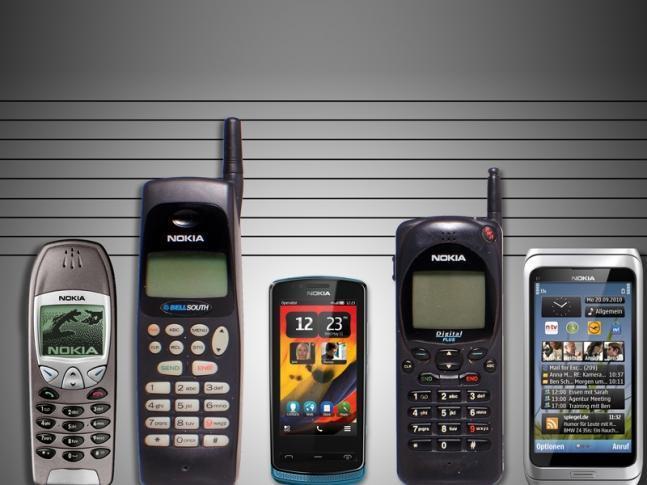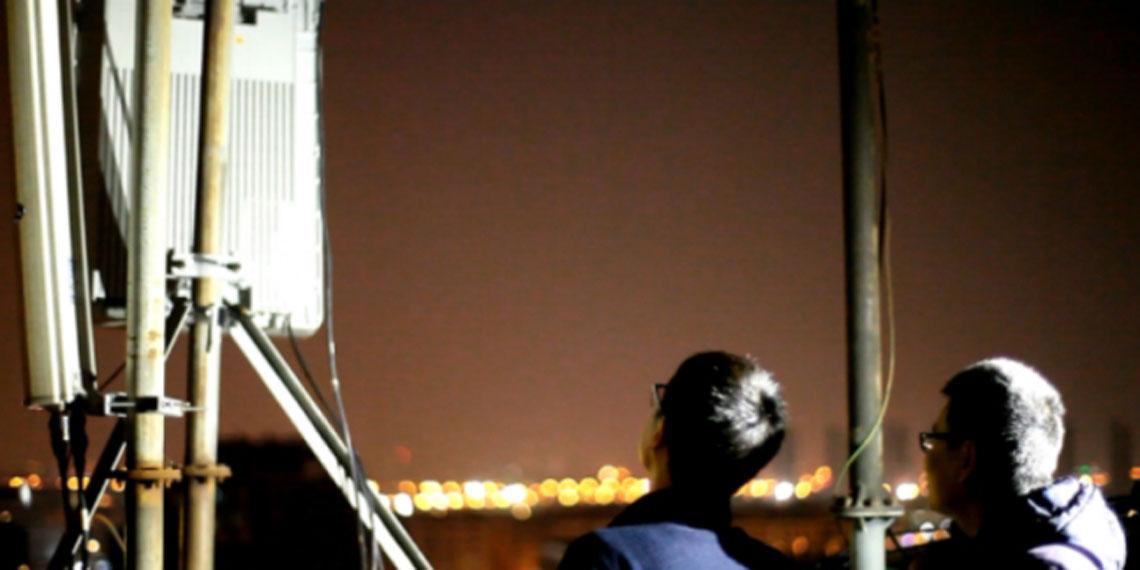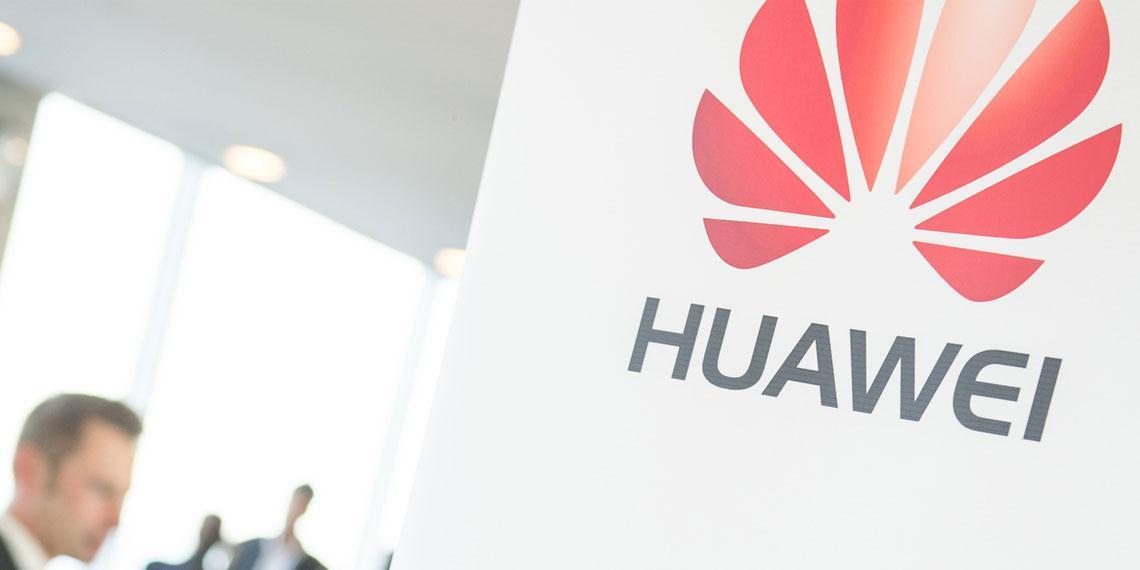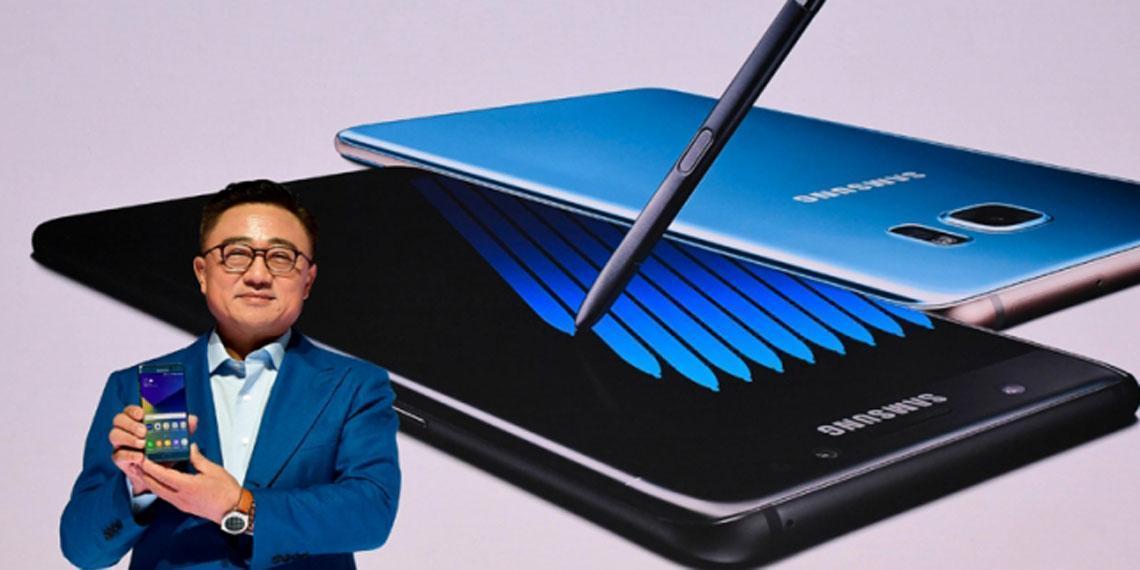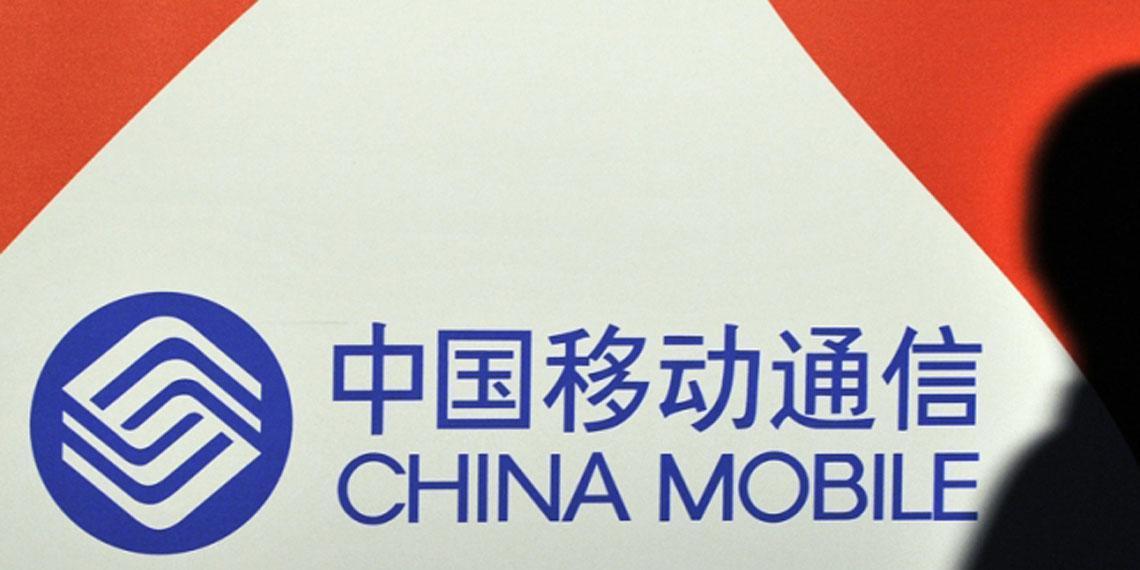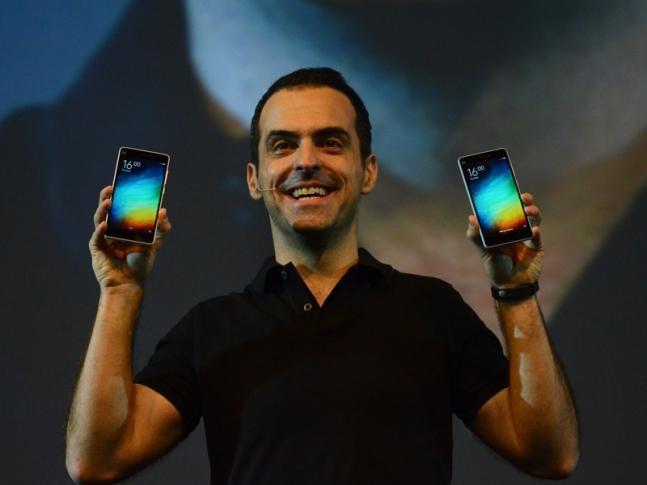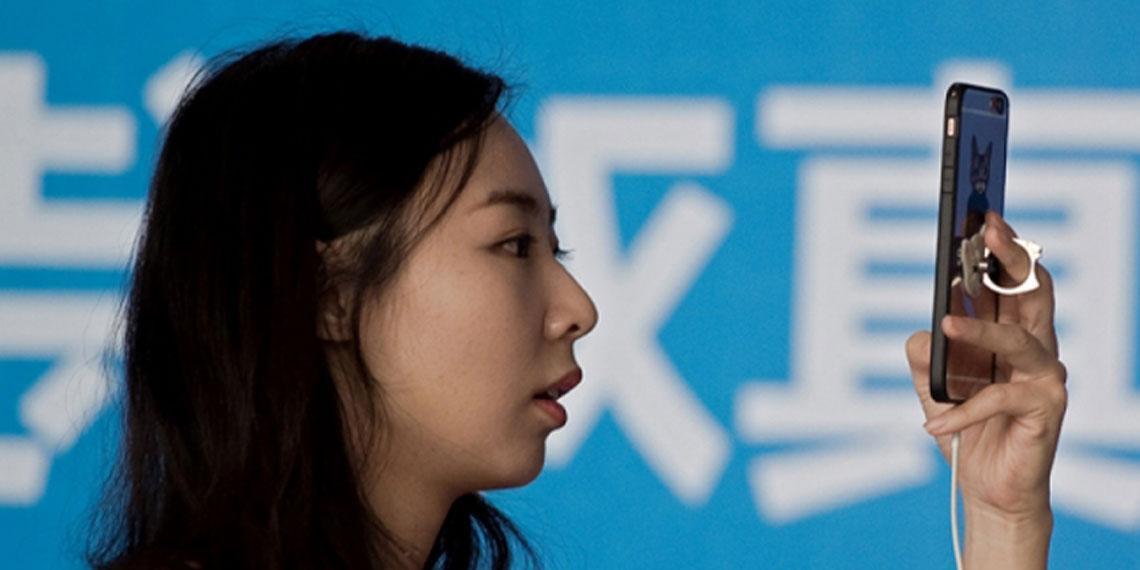Japan’s NTT DoCoMo has completed joint verification trials of Massive MIMO (Multiple Input Multiple Output) technology with Japanese ICT company NEC, for future 5G base stations. The trials took place in central Tokyo and the Kangaawa Prefecture of Japan, using NEC’s massive-element active antenna system (AAS), achieving spectral efficiency eight times higher than LTE.
Network News
Singapore’s decision to turn off 2G set to leave thousands without signal
The decision to turn off 2G in Singapore later this year is set to have devastating consequences for thousands of people who still use the city state’s second generation.
Sri Lanka regulators unable to allocate frequency to Google’s Project Loon
Google’s Project Loon has come to a halt in Sri Lanka. This project beams internet to remote areas of the world via balloons, abandoned on the island nation, according to a minister. Sri Lanka regulators have been unable to allocate Google a radio frequency for the airborne project without breaking international regulations.
Huawei and China Unicom jointly complete world's first FDD Massive MIMO Field Verification
Huawei, together with China Unicom Group, completed field verification of the industry's first FDD-based Massive MIMO technology on January 17, using the existing two-antenna receiving terminal on the 20MHz spectrum to achieve a peak network rate of 697.3Mbps, 4.8 times that of traditional FDD LTE. The successful verification also demonstrated the innovation ability of both sides.
Samsung and Apple issues help Chinese smartphone maker Huawei gain ground
Chinese smartphone maker Huawei has gained significant ground on industry giants Apple and Samsung following a report issued by consultancy group Gartner. Samsung’s high-profile debacle with its Galaxy Note 7 impacted negatively on the organizations market share and that allowed Huawei to catch-up with their South Korean rivals.
Samsung set to reveal faulty batteries as the cause of Galaxy Note 7 fires
It has long been speculated that the cause of the Samsung Galaxy Note 7 debacle was due to faulty batteries '“ and a report published by Reuters confirms that it indeed was the case for the South Korean multinational giants.
Vodafone India restructures management following departure of key executives
India’s second largest telecom operator has been forced to restructure its management team following the departures of a number of key executives from the organization. Some industry analysts have suggested the emergence and impact of 4G start-up Reliance Jio was the main reason behind the restructuring process.
China Mobile announce collaboration with Ericsson as part of combined efforts on IoT
China Mobile have officially announced a partnership with Swedish telecommunications colossus Ericsson as part of their collective ambition on the Internet of Things (IoT) '“ which will see them attempt to serve 200 million connected devices by the end of the year.
Blow for Chinese smartphone maker Xiaomi as global VP resigns
Chinese smartphone maker Xiaomi has been dealt a fresh blow following the resignation of their charismatic global VP Hugo Barra. Barra has overseen Xiaomi’s incredible growth from an in-house start-up to market leader, but his decision to depart from the company represents the struggles currently afflicting the organization.
China Mobile's 4G subscription base reached almost 510 million in November
China's largest mobile carrier, China Mobile, announced that its 4G subscriber base reached almost 510 million in November 2016. This reportedly represents a staggering 30% of the total number of 4G subscribers around the world. However, China Mobile added just over 12.5 million TD-LTE subscribers in November, compared with a net increase of 16.6 million 4G users in October, which represents slow growth for the company.



